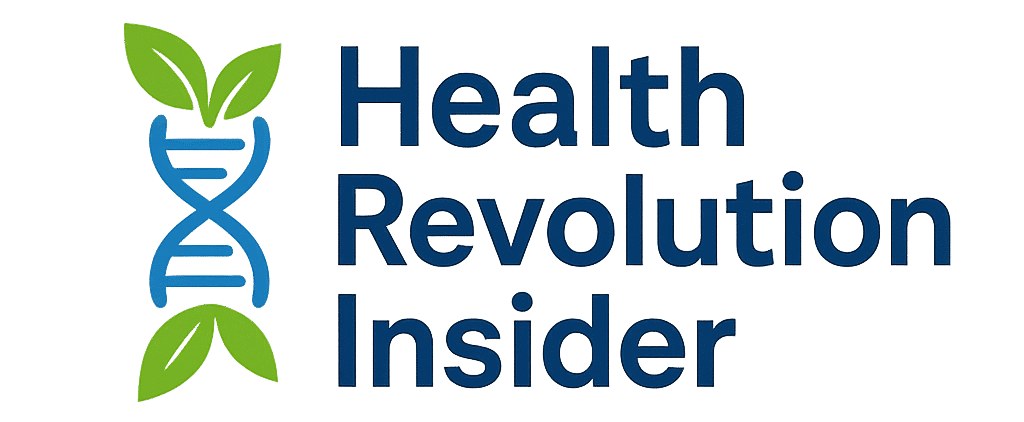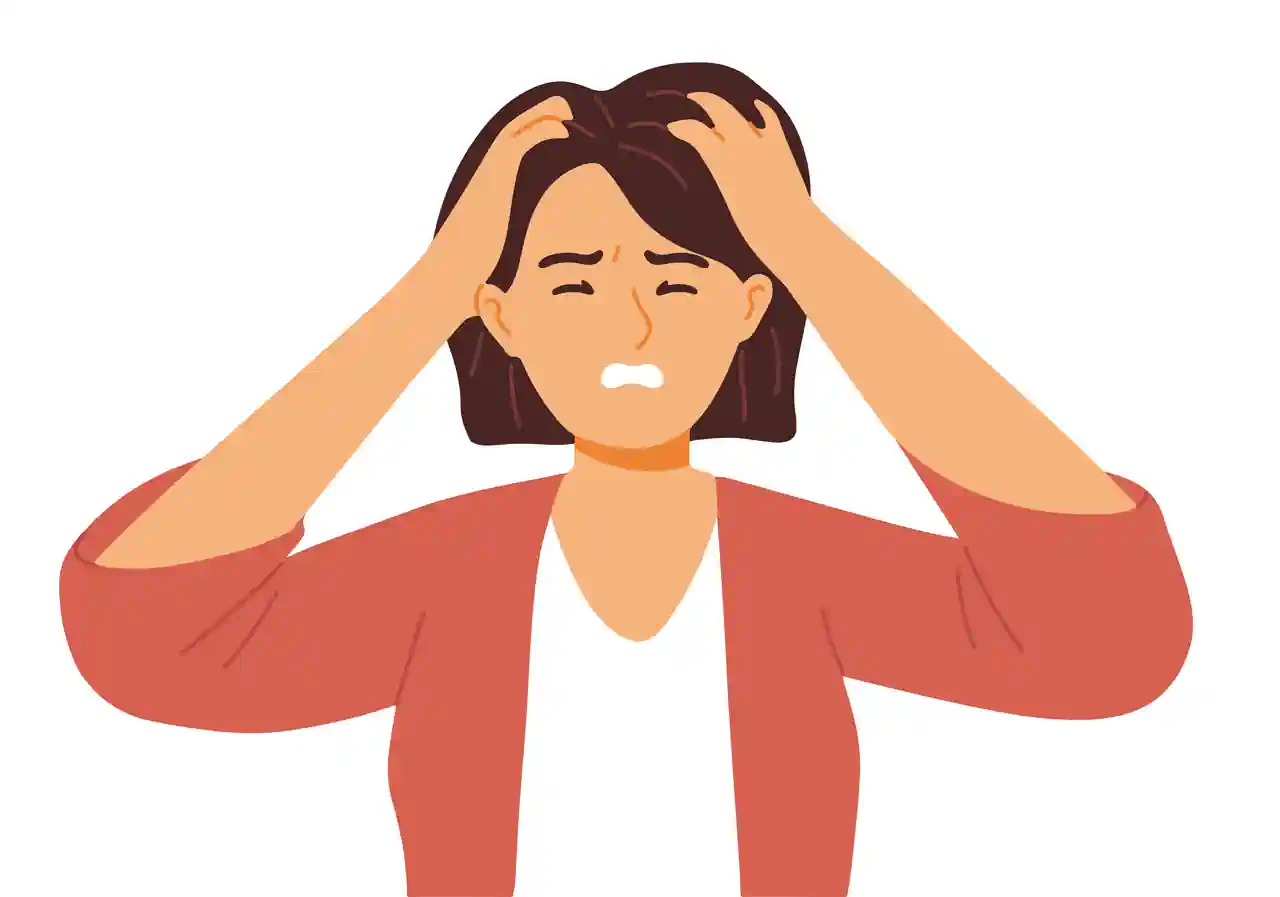Anxiety and migraines are two prevalent health issues that many people face. While they may seem unrelated at first glance, there is a growing body of evidence suggesting a significant connection between the two. In this article, we will explore the relationship between anxiety and migraines, how they can trigger and exacerbate each other, and what you can do to manage these conditions effectively.
The Anxiety-Migraine Connection
The intricate relationship between anxiety and migraines goes beyond being a mere coincidence. Let’s delve deeper into the various aspects of this connection:
- Common Biological Mechanisms: At the core of the anxiety-migraine connection are shared biological mechanisms. Both conditions involve complex changes in the brain’s chemistry and functioning. Serotonin, a neurotransmitter associated with mood regulation, is one of the key players in this connection. When serotonin levels are imbalanced, it can lead to heightened anxiety and increase the likelihood of migraines.
- The Role of the Autonomic Nervous System: The autonomic nervous system (ANS) is responsible for controlling involuntary bodily functions, such as heart rate, digestion, and the dilation and constriction of blood vessels. It’s divided into the sympathetic and parasympathetic branches. Anxiety activates the sympathetic branch, commonly known as the “fight or flight” response, which can cause blood vessels to constrict. This vasoconstriction can trigger migraines, as it reduces blood flow to the brain. Moreover, anxiety can lead to muscle tension, which also plays a role in migraine development.
- Emotional Triggers: Emotional stress is a well-established migraine trigger. Anxiety, which is characterized by persistent and excessive worry or fear, can lead to chronic stress. The emotional upheaval caused by anxiety can activate the body’s stress response, leading to the release of stress hormones like cortisol. These hormonal changes can contribute to the onset of migraines in individuals prone to this condition.
- Perception and Amplification of Pain: Anxiety can influence how we perceive and react to pain. Individuals with anxiety disorders tend to be more sensitive to pain, and this heightened perception can make migraines seem even more excruciating. The fear of experiencing another migraine can also lead to anticipatory anxiety, which can, in turn, worsen the perception of pain during an attack.
- Medication Overuse Headaches: People with anxiety may resort to overusing pain relievers when experiencing migraines, which can lead to a specific type of headache known as medication overuse headaches (MOH) or rebound headaches. MOH can be challenging to distinguish from migraines, complicating the diagnosis and treatment of both conditions.
Understanding the anxiety-migraine connection is crucial for developing effective treatment strategies. It emphasizes the need for a holistic approach that addresses both conditions simultaneously. This approach might involve therapies that target mood regulation, stress management, and pain control.
Managing the anxiety-migraine connection often requires the expertise of healthcare professionals who can provide a tailored treatment plan. It’s essential to consult with a healthcare provider to determine the most suitable approach for your specific situation.
By recognizing the interplay between anxiety and migraines, individuals can work towards a more comprehensive and successful management of these challenging conditions.
Managing Anxiety and Migraines
Effectively managing both anxiety and migraines involves a multifaceted approach that addresses the unique challenges posed by each condition. Here are some strategies to help you cope with these co-occurring issues:
- Seek Professional Help: If you’re struggling with anxiety and migraines, it’s crucial to consult with healthcare professionals. They can conduct a thorough evaluation to determine the most suitable treatment plan for your specific situation. This might include medications, therapy, lifestyle changes, or a combination of these approaches.
- Stress Management Techniques: Learning to manage stress is paramount when dealing with both anxiety and migraines. Stress is a known trigger for migraines, and it can exacerbate anxiety symptoms. Incorporating stress management techniques into your daily routine can make a significant difference. Consider practices such as:
- Deep Breathing: Practicing deep, diaphragmatic breathing can help calm your nervous system and reduce stress.
- Meditation and Mindfulness: These techniques can help you stay present, reduce anxiety, and minimize the impact of stressors.
- Yoga: Yoga combines physical postures, breathing exercises, and meditation to promote relaxation and reduce stress.
- Regular Exercise: Engaging in physical activity releases endorphins, which are natural mood lifters and can help alleviate anxiety. Exercise can also help reduce the frequency and intensity of migraines.
- Identify Triggers: Keeping a detailed journal can help you identify common triggers for both anxiety and migraines. Record your daily activities, diet, sleep patterns, and emotional states. Over time, patterns may emerge that highlight specific triggers. This information can be invaluable for managing both conditions more effectively.
- Medication and Supplements: Depending on the severity and frequency of your anxiety and migraines, medication may be a necessary component of your treatment plan. Medications can include:
- Antidepressants: These can help manage both anxiety and migraine symptoms.
- Anti-anxiety Medications: When anxiety is a significant issue, specific anti-anxiety medications may be prescribed.
- Migraine Preventive Medications: Your healthcare provider may recommend medications designed to reduce the frequency and severity of migraines.
- Supplements: Certain vitamins and minerals, such as magnesium and riboflavin, have shown promise in migraine prevention. Always consult with your healthcare provider before starting any new supplements.
- Cognitive-Behavioral Therapy (CBT): CBT is a well-established therapeutic approach for managing anxiety and has also shown promise in helping individuals cope with migraines. It focuses on identifying and challenging negative thought patterns and behaviors. CBT can be a valuable tool for learning how to manage anxiety and respond to migraine triggers.
- Lifestyle Changes: Making lifestyle modifications can have a significant impact on anxiety and migraines. Ensure you’re getting enough sleep, maintain a consistent sleep schedule, stay hydrated, and eat regular, balanced meals. Avoid known migraine triggers in your diet and lifestyle.
- Support Networks: Don’t underestimate the importance of a strong support system. Sharing your challenges with friends and family can provide emotional support and understanding. Consider joining support groups or seeking out therapy to connect with others who share similar experiences.
Remember that managing anxiety and migraines often requires a personalized approach, and it may take time to find the right treatment plan for you. Consult with healthcare professionals who can offer guidance and support tailored to your specific needs. By addressing both conditions comprehensively, you can work towards a healthier, happier, and more comfortable life.
The link between anxiety and migraines is an intricate one, and it can significantly impact your overall well-being. Recognizing this connection is the first step toward effective management. By addressing both conditions together, you can work towards a healthier, happier, and more comfortable life.
Remember that managing anxiety and migraines often requires a personalized approach, and it may take time to find the right treatment plan for you. Don’t hesitate to reach out to healthcare professionals for guidance and support.

